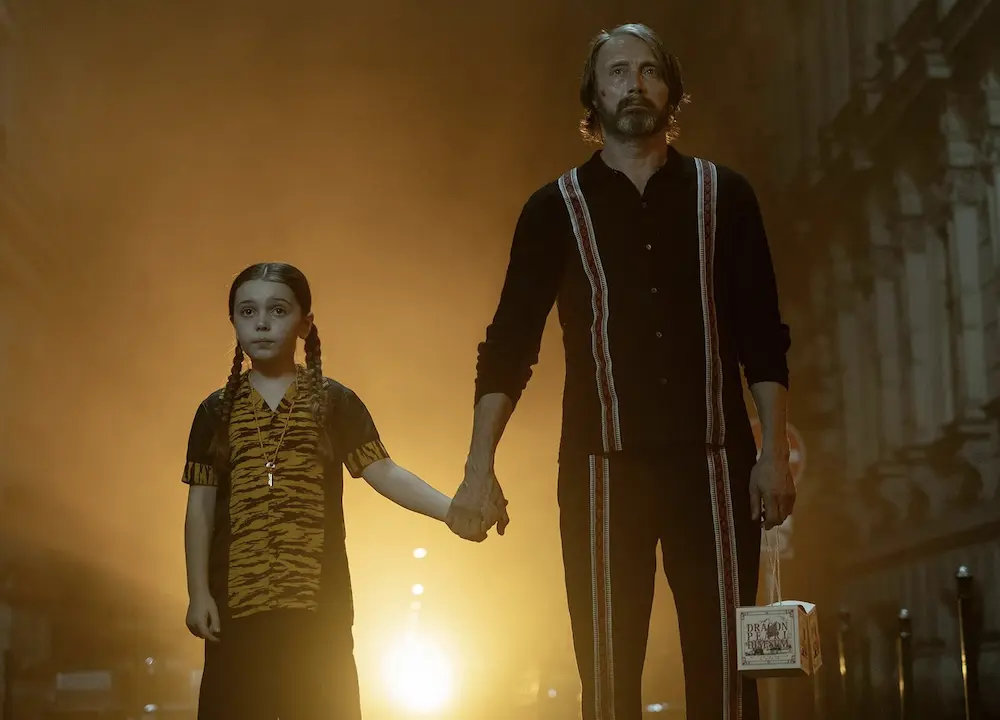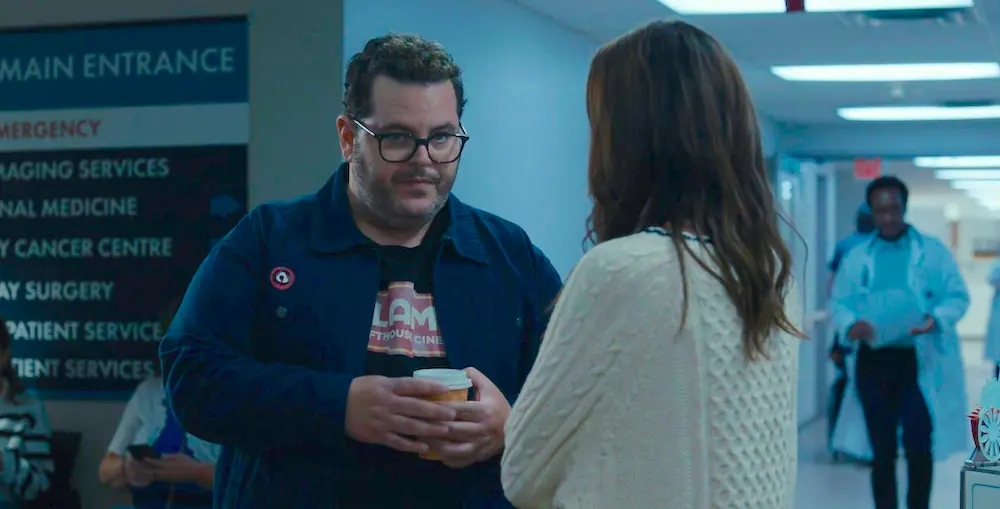If you look up “courtroom drama,” the definition has a photo from “12 Angry Men” next to it, illustrating the genre. I'd never seen this quintessential entry. I needed to see it. If you’re looking for an example to show your kids of how to resist peer pressure—look no further.
Popcorn & Inspiration: ‘12 Angry Men’: A Prime Example of Not Bowing to Peer Pressure
Films that uplift the soul

Mark Jackson
Film Critic
|Updated:
Mark Jackson is the senior film critic for The Epoch Times and a Rotten Tomatoes-approved critic. Mark earned a bachelor's degree in philosophy from Williams College, followed by classical theater conservatory training, and has 20 years' experience as a New York professional actor. He narrated The Epoch Times audiobook "How the Specter of Communism Is Ruling Our World," available on iTunes, Audible, and YouTube. Mark is featured in the book "How to Be a Film Critic in Five Easy Lessons" by Christopher K. Brooks. In addition to films, he enjoys Harley-Davidsons, rock-climbing, qigong, martial arts, and human rights activism.
Author’s Selected Articles




